Capella’s heritage star in Sydney
The hotel brand sensitively blends architecture, history, art and culture in its luxurious Australian property

WHEN A NEW HOTEL OPENS in a heritage building, it has to be something special.
Why?
Because no hotelier will go through all the effort and expense of rehabilitating and repurposing a conservation property without making sure the stars are aligned. This means getting it right with everything from architecture and interior design to art, restaurants and even pool aesthetics and room amenities.
So when we drove up to Capella Sydney, which is housed in the Australian city’s former Department of Education building, we had high expectations.
What greeted us though, was a rather compact building. The Singaporean in us had anticipated a monolith – probably because memories of traumatic national exams created illusions of outsized education department premises.
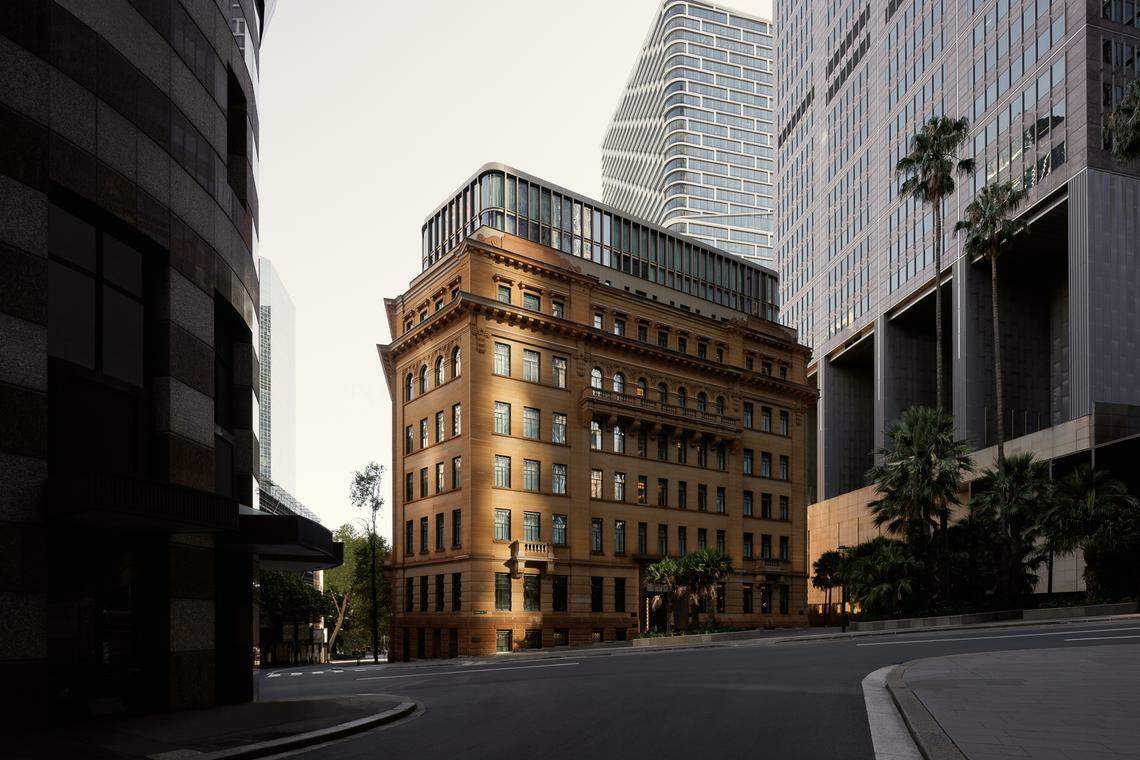
But it was soon apparent that the sandstone block was just the right size for Capella’s first hotel outside of Asia, and perfect for housing its 192 rooms and suites. Not to mention it is just a short walk from bustling Circular Quay, which offers the city’s best views of the Sydney Harbour Bridge and Sydney Opera House.
SEE ALSO
A NEWSLETTER FOR YOU

Lifestyle
Our picks of the latest dining, travel and leisure options to treat yourself.
A dignified structure built in two parts during the early 1900s, one section of the building also once housed the Department of Agriculture. A labour of love, Capella’s owner, Singapore’s Pontiac Land, took seven long years to restore and renovate it before the luxury hotel was ready to face the world.
Old building, new uses
The beauty of turning the Edwardian Baroque-style government landmark into a hotel is that the ground floor, at least, is now fully accessible to the public. Its sandstone exterior and grand, marble-clad foyers have been lovingly and respectfully restored, while its internal spaces were reconfigured and redesigned with elements of local history and culture incorporated into them.
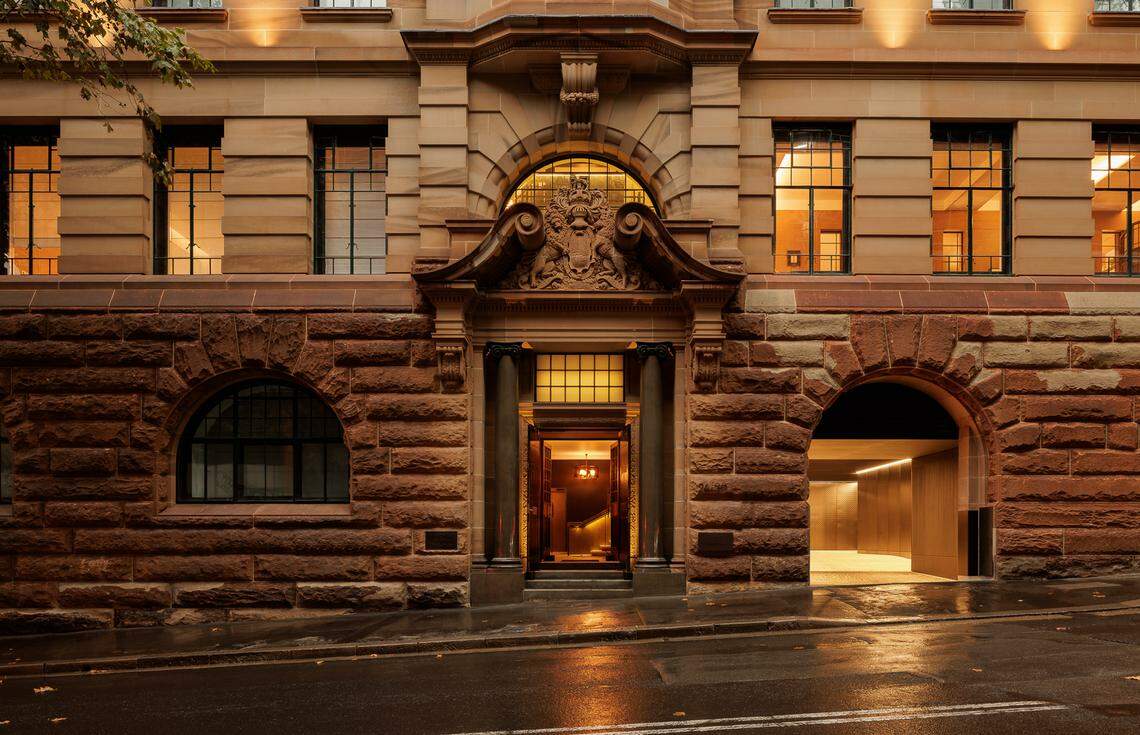
Capella has even added a roof extension where its top suites are housed – but set back so this modern addition does not disrespect the historic old structure.
Australian art, in various delightful mediums, is ever-present in the hotel and guest rooms, thanks to Capella’s mission to harmonise the building’s architecture and history with a curated art collection. Its efforts to convey both archaeological and indigenous elements of the site’s multilayered history has led to a vast and diverse art collection of almost 1,400 pieces – each meticulously selected.
Upon entering its Farrer Place lobby, for instance, you are drawn to artworks installed in the building’s four original brass directory boards, two on either side of the arrival vestibule.

Referencing old maps, aboriginal cultural history, local plants, architectural drawings, historical photos and research about education and agriculture, the works by Australian Waanyi artist Judy Watson beautifully interpret the site’s indigenous history and the building’s heritage.
And even if you somehow sleepwalked your way in and missed those contemplative and fascinating works, you will most certainly not overlook Watson’s two massive pieces behind the reception desks. They reference the building’s past purpose, with its colonial history overlaid with ancestral elements of the Eora peoples, who were the area’s original owners and custodians.
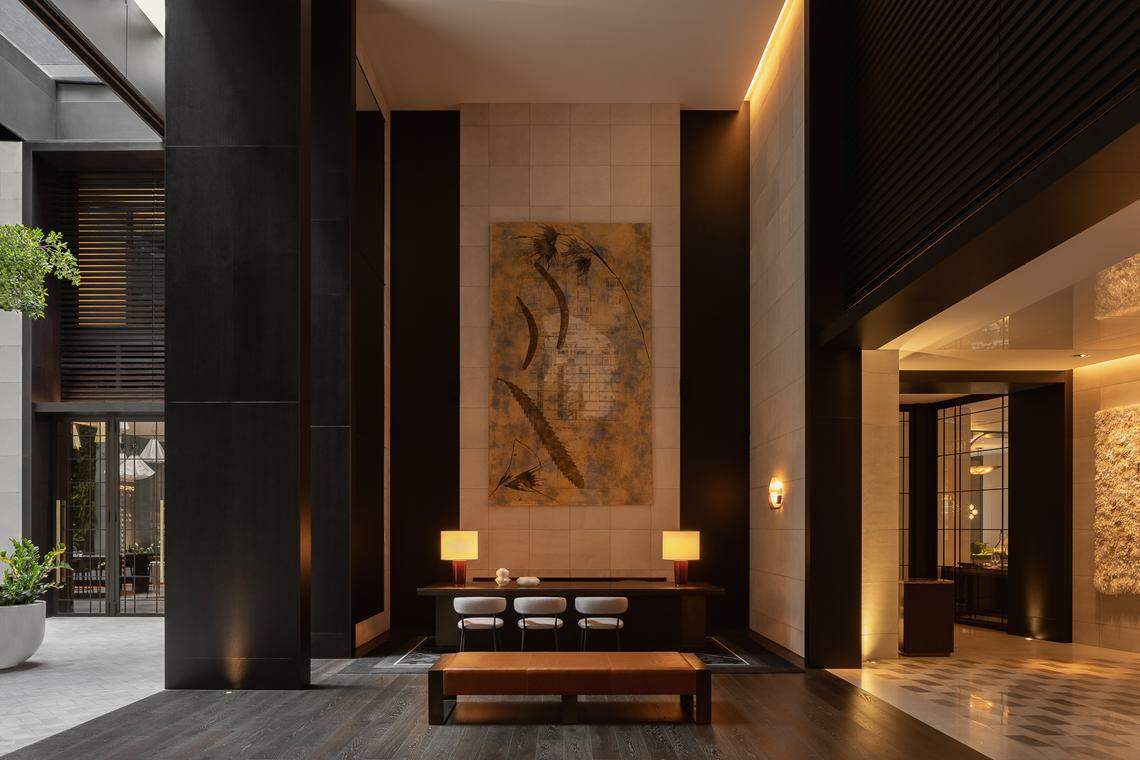
This could be uncomfortable art for some, especially in light of wavering support for a historic referendum next month that could change Australia’s constitution to recognise indigenous people’s special place in its history and give them a voice in policymaking. But such is Watson’s style that her works manage to convey a darker subtext while remaining strangely tranquil to the beholder.
Sublime spaces
Right after the check-in area is Aperture, the building’s courtyard which now serves as the hotel’s all-day dining and afternoon tea venue. What is fascinating here is its gorgeous set-up that includes a 23-foot green wall of local flora and a mesmerising kinetic hanging light installation of “flowers” that open and close in hypnotic fashion. We could have stood watching all night.
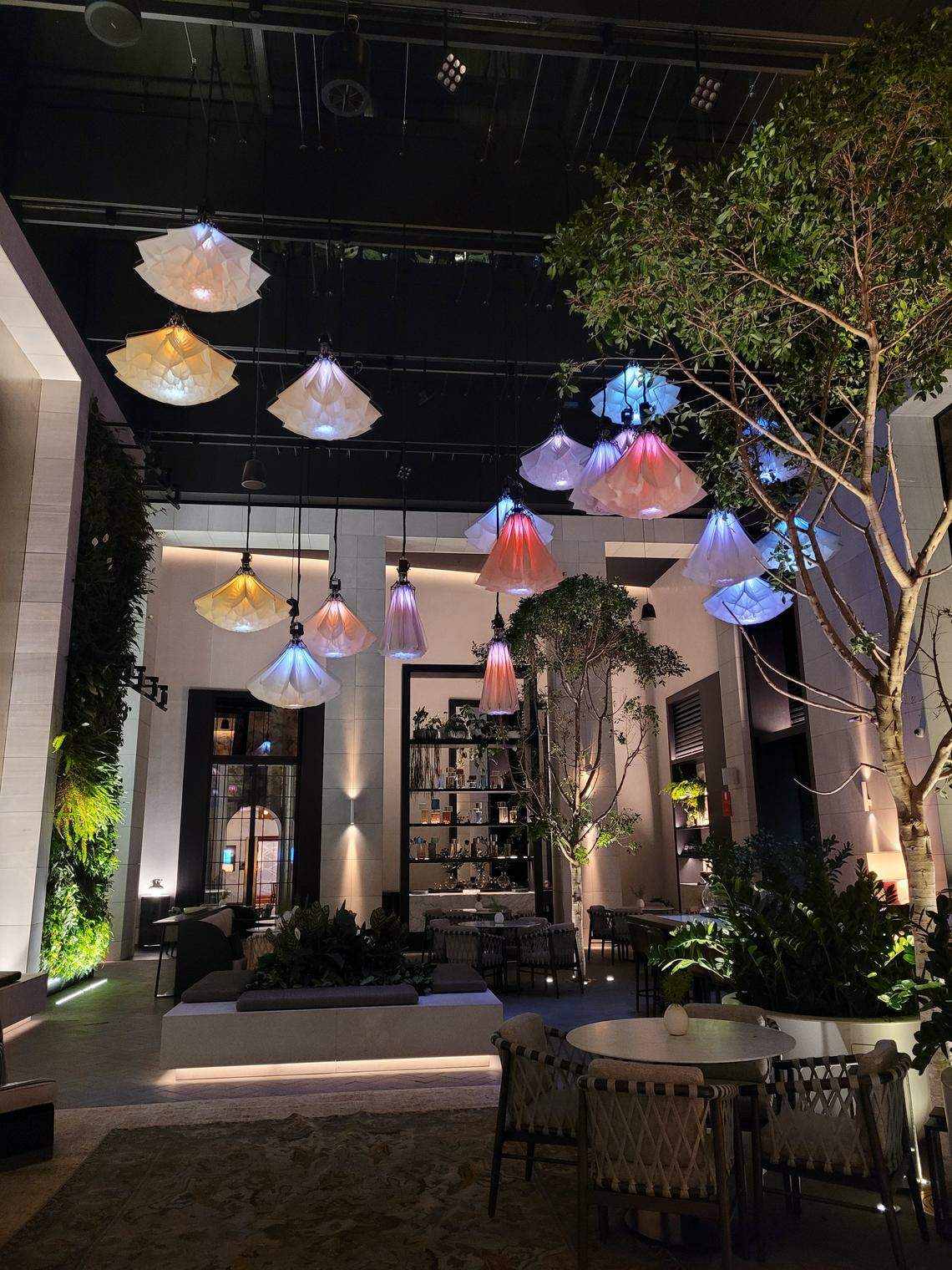
Other facilities on the ground floor include its main restaurant, the elegant Brasserie 1930 (because the building was completed in 1930) with its chequerboard marble flooring, and the extremely chic McRae Bar, which is named after the building’s government architect, George McRae.
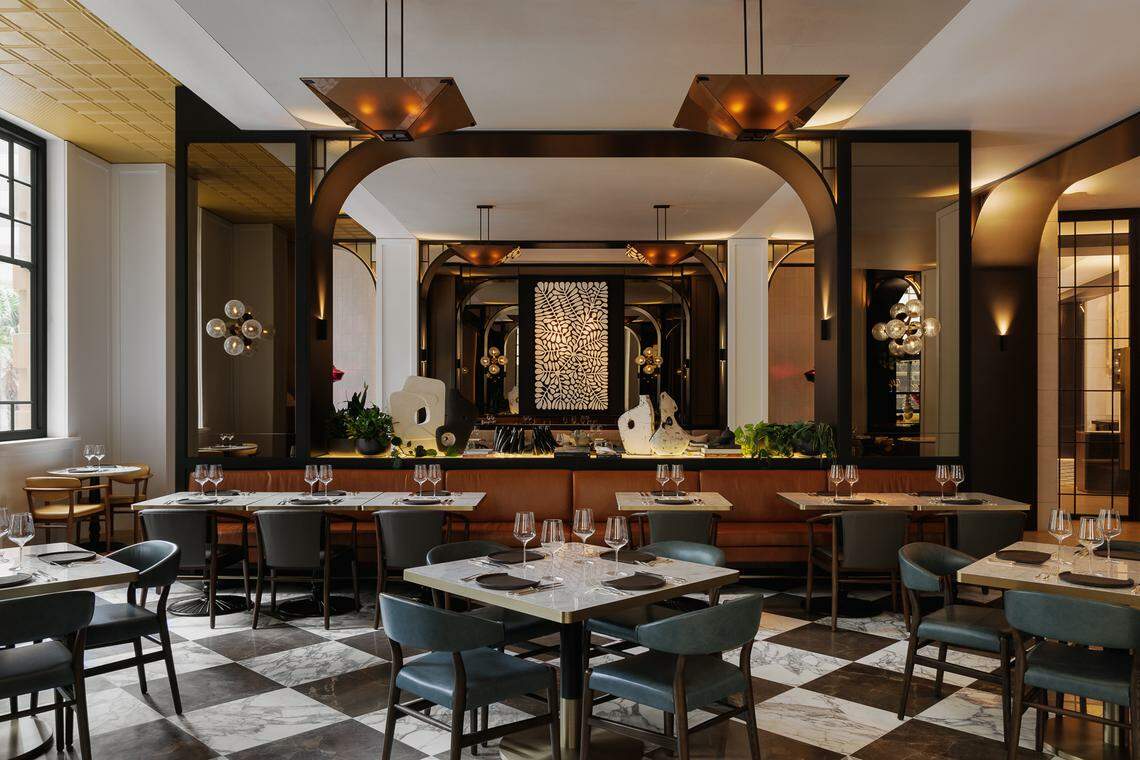
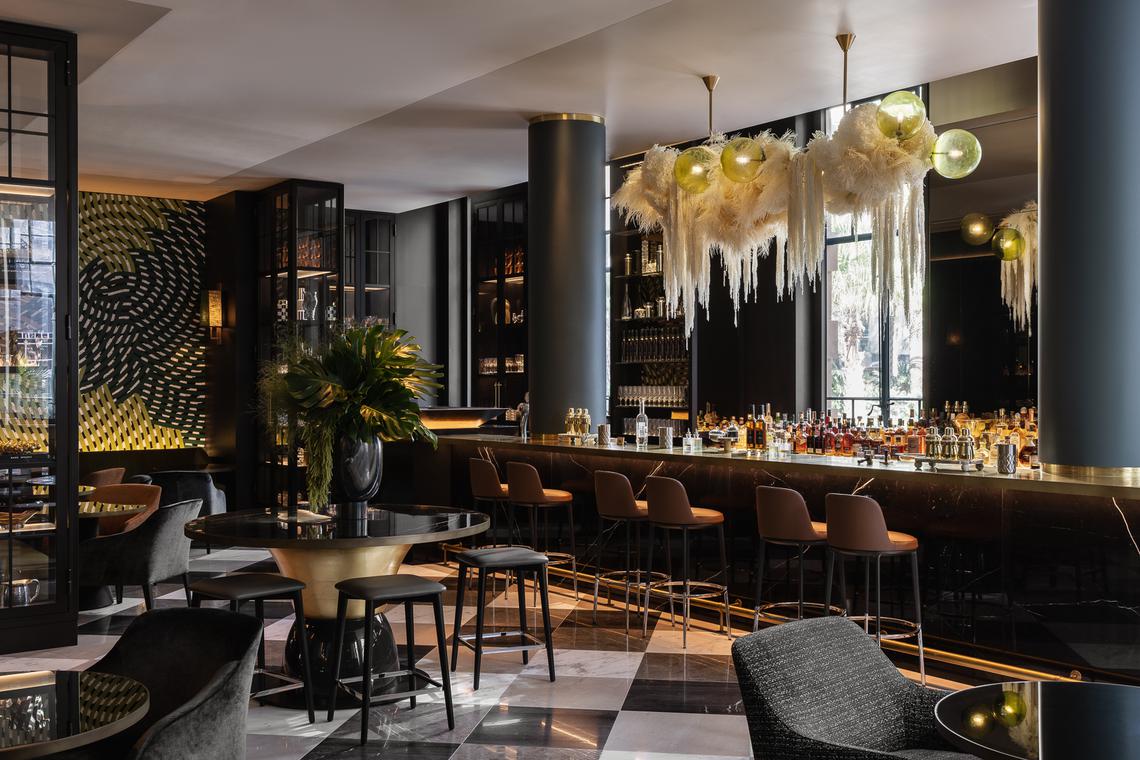
And of course, there is The Living Room, a signature at Capella properties. This cosy set-up with a fireplace is a private “lounge” for in-house guests, who are welcome to hang out, have a drink and enjoy local cultural experiences facilitated by the hotel’s “culturists” – well-informed concierges with the power to enhance your stay.
“All our guests are VIPs,” one culturist tells us with a warm smile when we mentioned that hotels usually restrict lounge access to top customers.
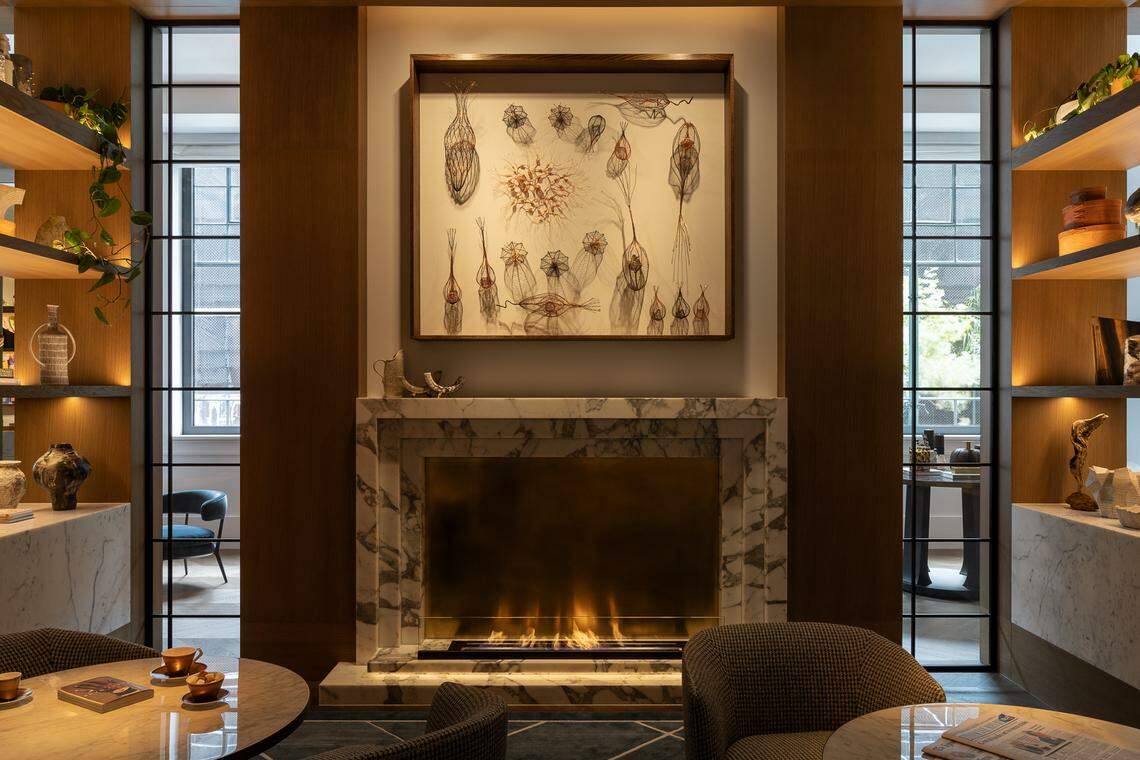
Every evening, there is storytelling about a local hero, with special entertainment over the weekend, such as a magic show. Guests can also join activities including a Sydney architecture walk with a local architect; and a heritage walking tour with the larger-than-life aboriginal elder, Aunty Margret Campbell, who, incidentally, used to work in the building as a teacher.
The Living Room’s welcoming feel – plus the calming effects of Aperture’s floral lights – reflect the generally relaxed vibes of the hotel. The large guest rooms are elegantly decorated in neutral tones and designed to showcase the existing windows and their proportions, with dark wood and metal frames defining spaces. Interestingly, Capella also opted for campaign furniture – originally made for portability – whose smaller scale feels less imposing than the usual built-in wardrobes and minibars.
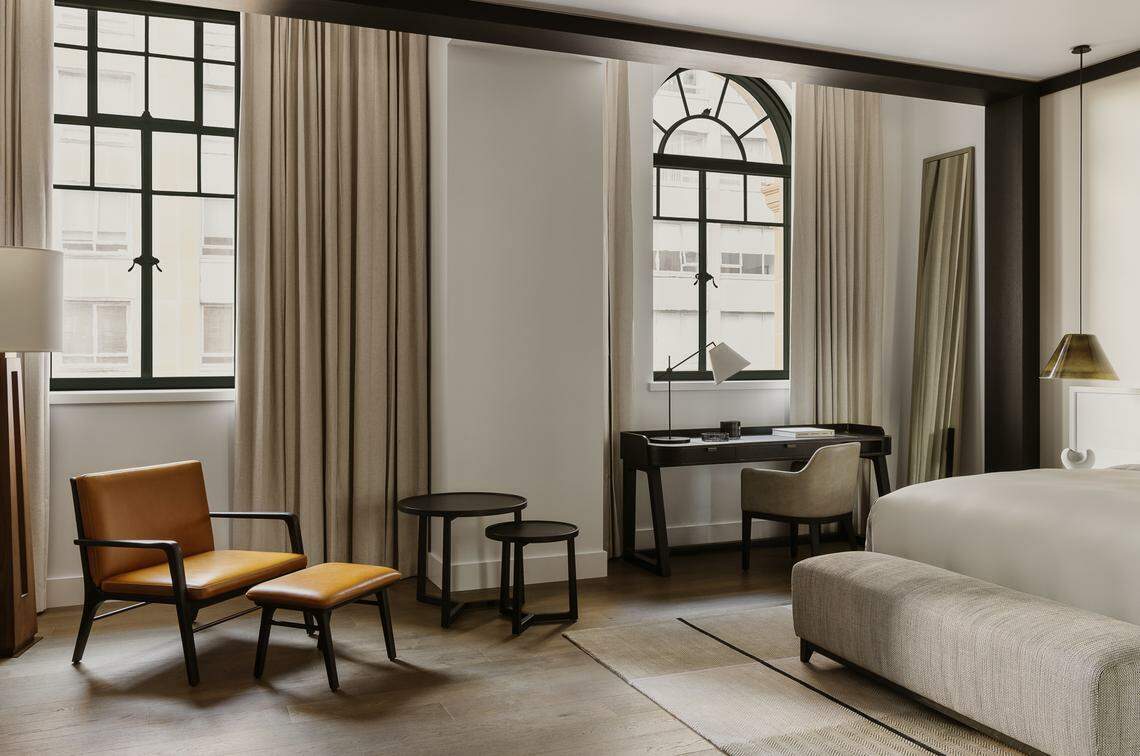
Of course, nothing is as serene as the hotel’s Auriga Spa. At first, we thought we’d burn some calories in the spacious, light-filled and well-kitted out fitness centre. But the 20-metre heated indoor pool, sitting all zen-like under restored, copper-lined heritage roof lanterns, called out to us instead. We were sold.
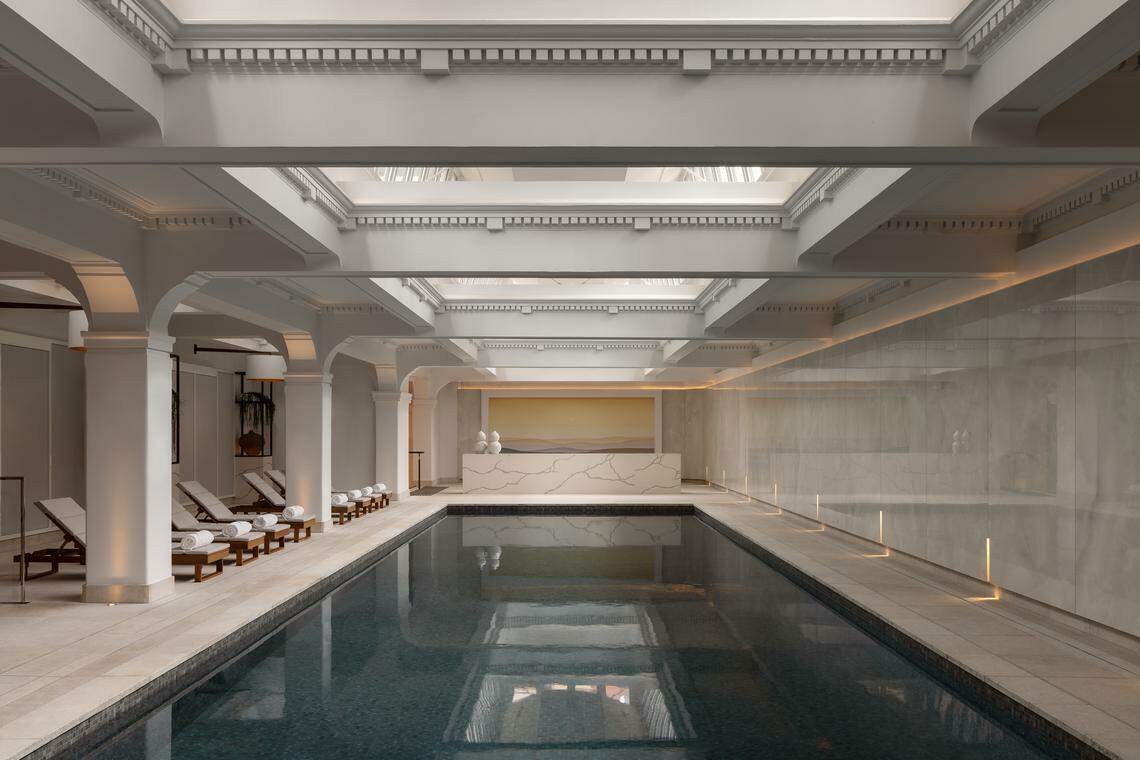
A star is born
Perhaps the only impediment at Capella Sydney is the lack of on-site parking. The workaround involves hotel guests having their cars valet-parked for A$120 (S$105) a day with in/out privileges. This means you need to give the concierge a 15- to 20-minute heads-up before you can have your vehicle delivered to you. As long as you don’t plan on jumping into your car to dash off in a hurry, it’s all good.
Plus, waiting to pick up your car along the hotel’s Bridge Road entrance means you’re more likely to admire up close its beautifully restored heritage staircase, which begins here. The staircase works its way up behind custom timber doors and sidelights in front of the guest lifts on every floor. Most guests, though, do no more than cast a glance at their charming aesthetics.
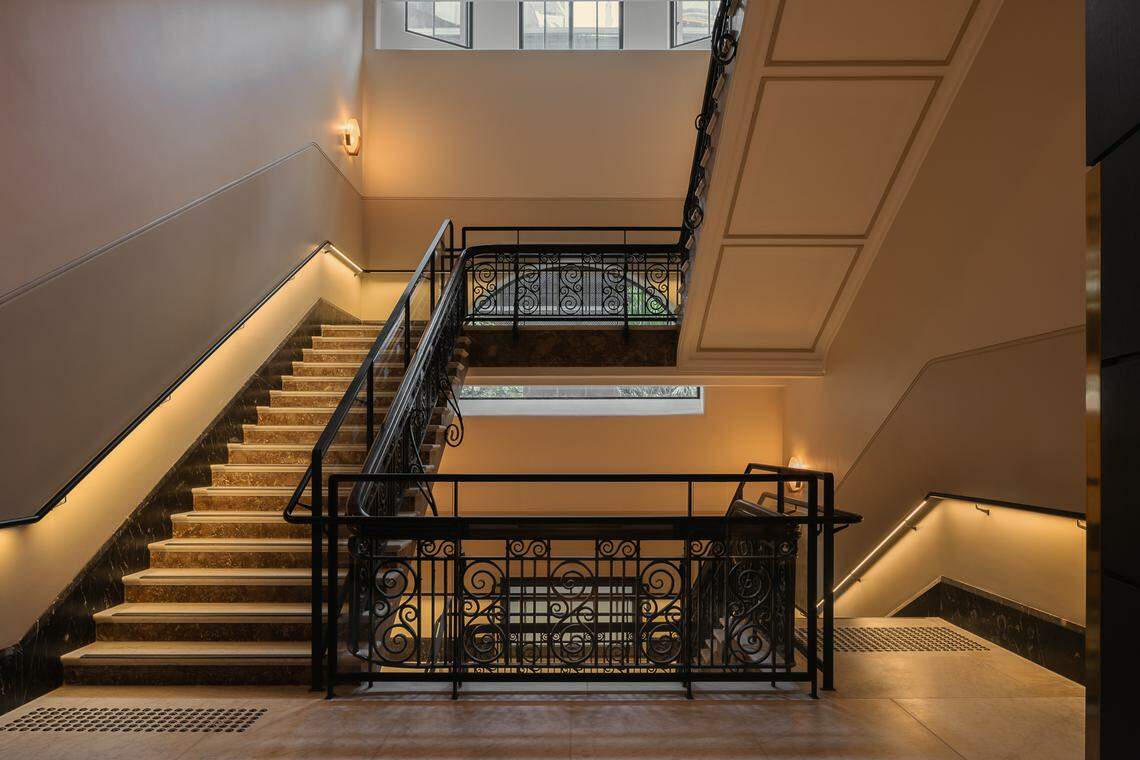

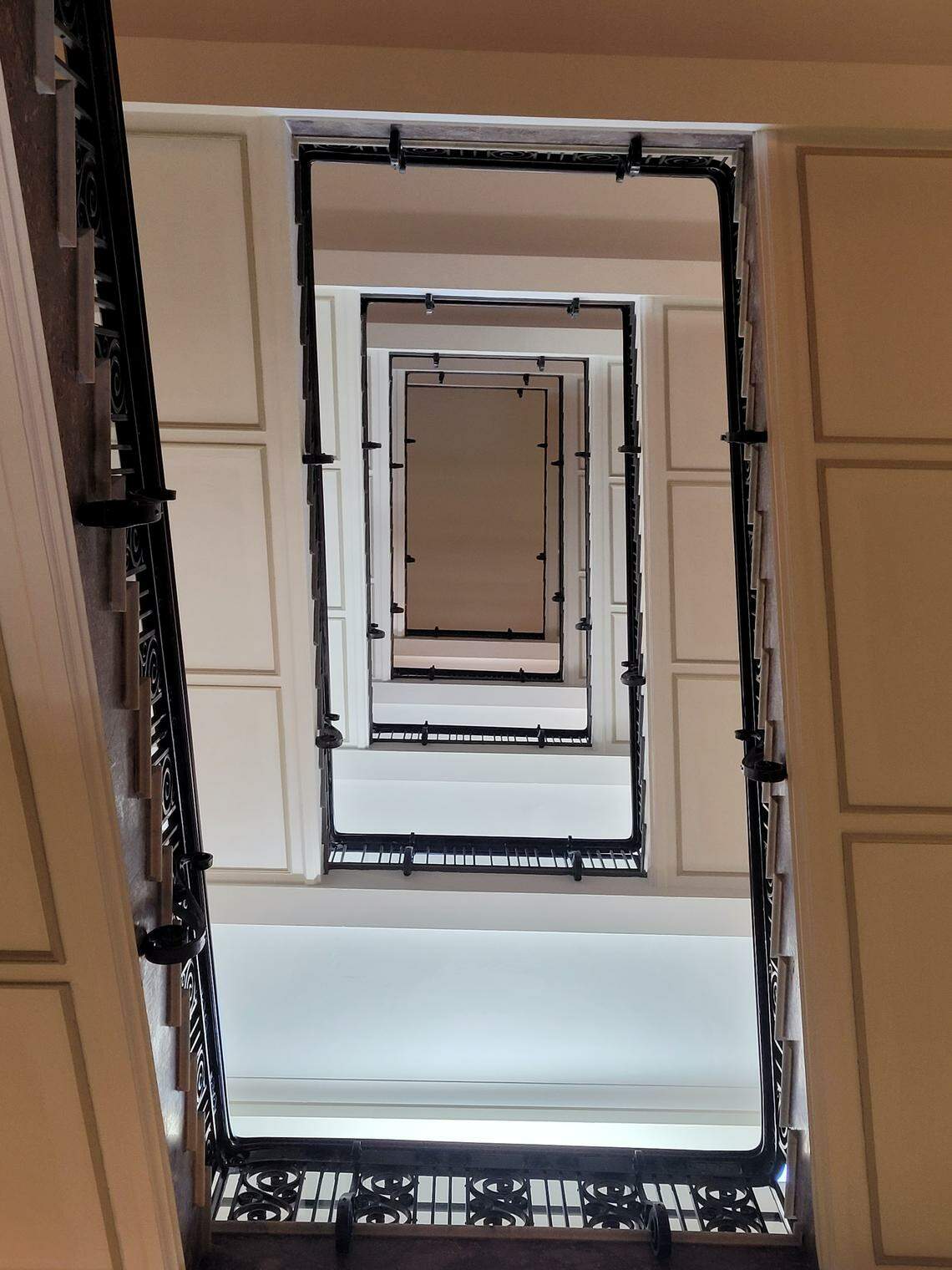
Which is a pity, because the hotel is more than the sum of its parts. Ideally, one should immerse oneself in it, taking time to soak up its architectural heritage, local history, compelling art and sensitive “soul”.
Capella is the name of the brightest star of the Auriga constellation. But here in Sydney, the hotel also scored a star for itself at the Department of Education. Surely, that’s as good a grade as you can get.

KEYWORDS IN THIS ARTICLE
BT is now on Telegram!
For daily updates on weekdays and specially selected content for the weekend. Subscribe to t.me/BizTimes
